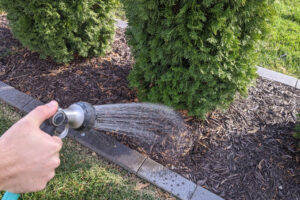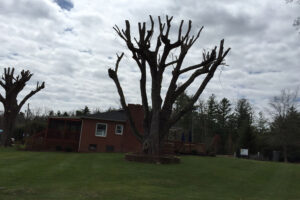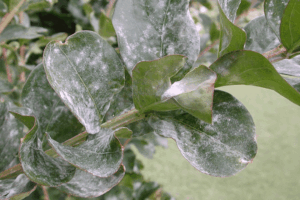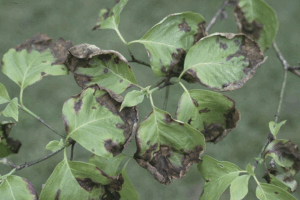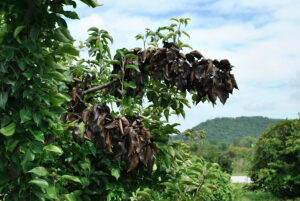Crape Myrtle Care
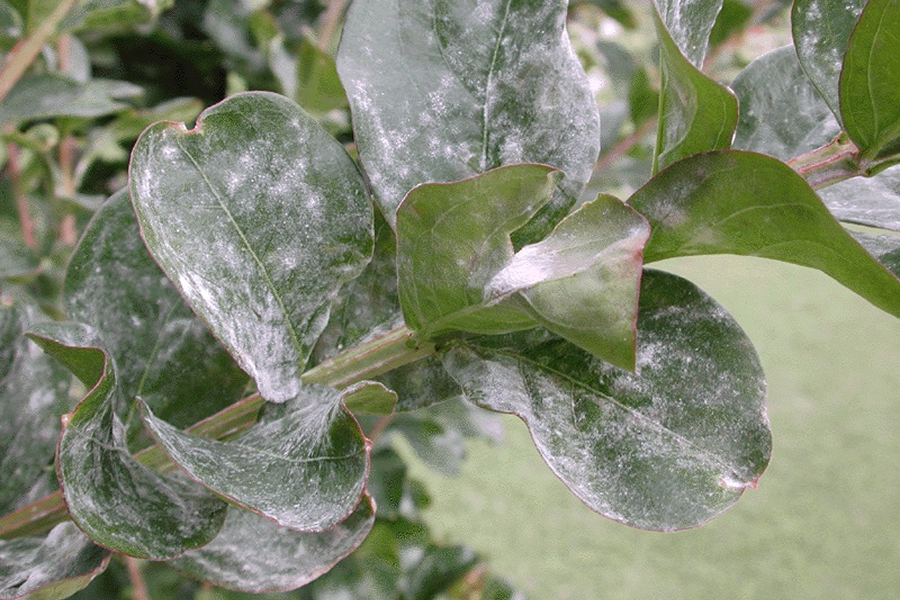
Crape myrtles (Lagerstroemia) are the undisputed stars of summer landscapes, boasting vibrant blooms in stunning shades of pink, purple, red, and white. But beyond their undeniable beauty, they’re known for their resilience and adaptability. However, even these low-maintenance marvels still require some attention from you, and sometimes even a Plant Health Care professional to truly thrive and reach their full blooming potential.
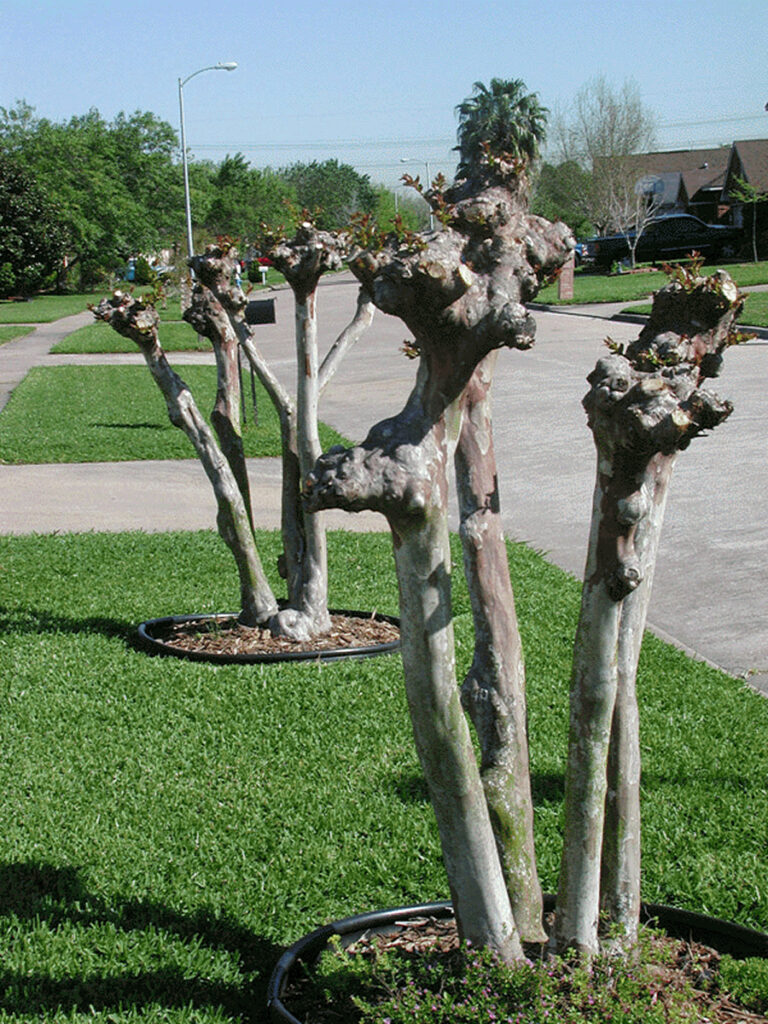
Are they getting enough sunlight?
- Crape Myrtles love direct sunlight. They require at least 6 hours a day in order to bloom properly. .
- If your Crape Myrtle is in a shadier area or receiving light filtered through trees above it, it will result in less vibrant colors and fewer blooms.
How’s your soil?
- Crape Myrtles do not need much water, so if the ground around them is soggy it may be beneficial to add some sand or mulch to help draw moisture away.
When to trim?
- Crape Myrtles can certainly be cut at any time, but the best time to prune is in late winter or early spring.
- Less is more on these trees, so cut out all the dead or any branches that are rubbing or crossing over one another.
- Ensure that you remove any suckers growing on the trunk. You want to thin out your branches in order to provide them with room to grow.
- Cut major trunks at a 45 degree angle.Make a new cut below you previous ones to prevent knuckles from forming.
- Lightly trim the tips of the branches by 1-2 inches to encourage more blooms.
- Once the tree is in bloom remove any seeds and faded flowers in order to encourage flowering and reduce weight on the branches.
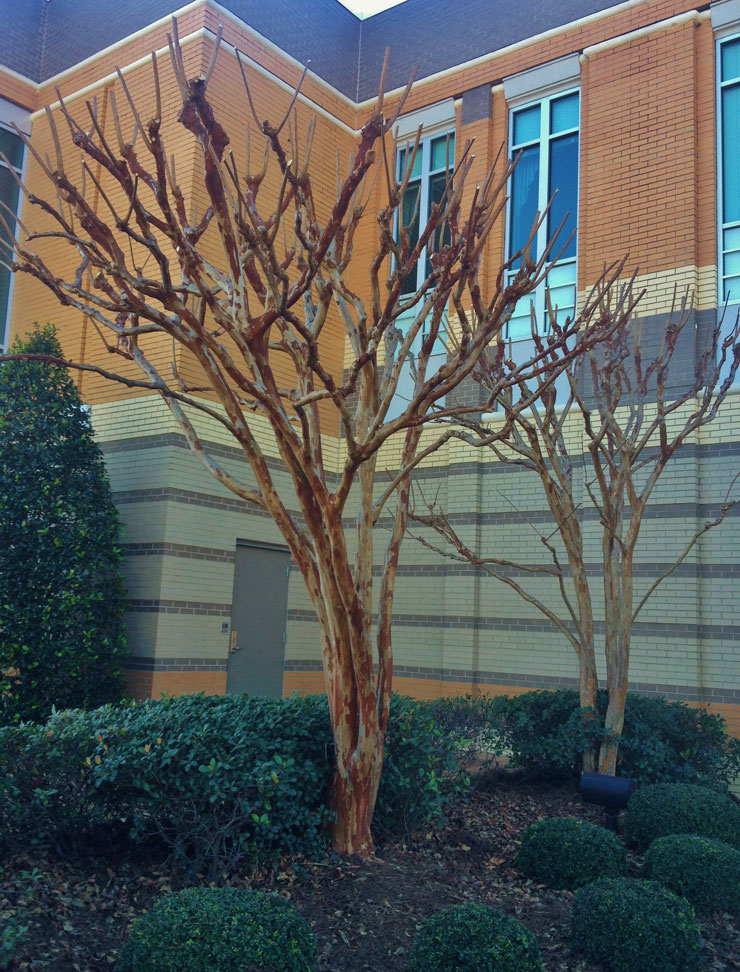
What should I watch out for?
- Be on the lookout for powdery mildews and sooty molds. These dusty substances are signs of fungal infection or insect infestation. You can apply neem oil to treat it topically, but for a full purge, you will want to have a Plant Health Care professional perform injections on your tree.
- Poorly cut branches can lead to unseemly growth formations called knuckles. When cutting major parts off of the trunk, remember to not simply cut at the same location year after year, and remember that it will take a few years for the tree to reach its full bloom again.
What else can a Plant Health Care professional do for my Crape Myrtle?
- On top of helping treat trees for disease, a plant health care professional can also treat the roots of the tree with nutrients to help increase the quantity and vibrancy of your Crape Myrtles bloom. If you want your tree to look the best, it’s important to treat it with the best.
Search
Recent Posts
Arborvitaes, with their feathery foliage and evergreen charm, are a popular choice for landscaping.…
Your backyard oasis deserves to thrive, but sometimes, even the best intentions leave us…
Crape myrtles (Lagerstroemia) are the undisputed stars of summer landscapes, boasting vibrant blooms in…
The Dogwood, with its ethereal blooms and striking bark, embodies Southern charm. Despite the…
Spring Tree Diseases in South Carolina Spring in South Carolina is a time of…

 803 200 1915
803 200 1915